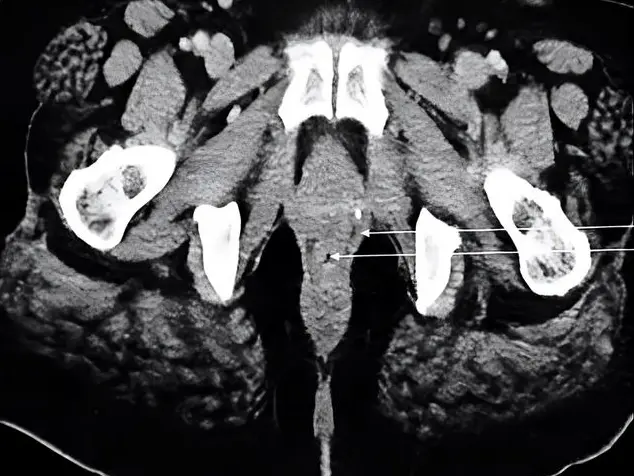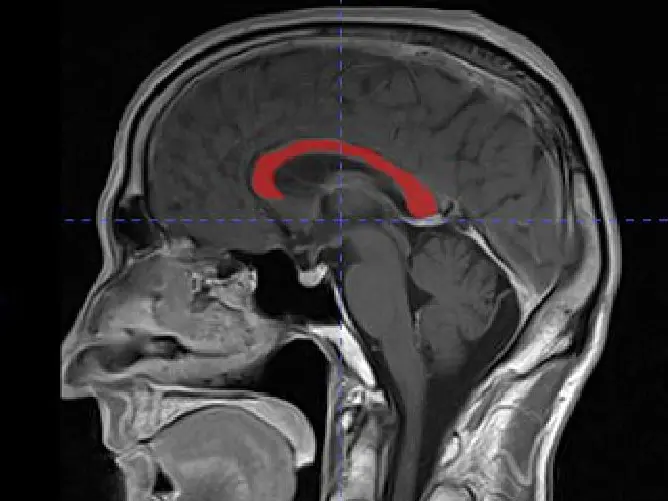The dissection course plays a central role in teaching anatomy and body donors are also needed in clinical-anatomical courses. In order to reduce formaldehyde exposure of students, participants and staff during these courses, we employed fixation solutions with low formaldehyde content. In this study, we present two ethanol-based protocols, and elucidate their suitability for the dissection process and compliance with occupational exposure limits for formaldehyde and other hazardous substances.
Body donors were fixed according to an ethanol-based fixation protocol for the dissection course or an ethanol-glycerin-based fixation protocol for specialist training courses. The quality of fixation was determined during the dissection process. Exposure to hazardous substances (formaldehyde, ethanol, 2-phenoxyethanol) was measured in a regular dissection course setting at different locations (room-related and person-related measurements), and exposure indices were calculated.
The quality of fixation of both methods was good and fulfilled all requirements of the student dissection course and the specialist training courses, respectively. Exposure to all hazardous substances remained well below the exposure limits. Room-related air concentration measurements were 0.073/0.058 mg/m³ (2016/2017) for formaldehyde and 65/107 mg/m³ (2016/2017) for ethanol. Person-related measurements amounted to 0.107-0.229 mg/m³ for formaldehyde and 268-388 mg/m³ for ethanol. Room-related and person-related concentrations of 2-phenoxyethanol remained below the detection limit.



